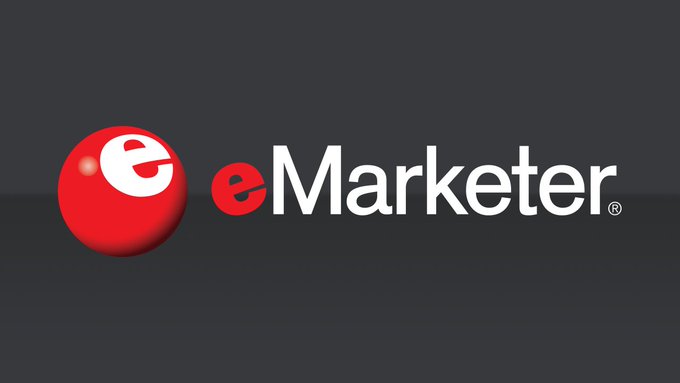Article by eMarketer Editors
Source: www.emarketer.com, December 2020
A new paradigm of physical retail, created and accelerated by the pandemic’s disruptive forces, is ready to emerge. In the coming year, the “retail apocalypse” will reach a crescendo as many teetering legacy retailers close hundreds of locations. In their place, frictionless, digitally enabled retail experiences will dot the landscape.
“The pandemic has only inflamed consumers’ existing disdain for waiting in checkout lines,” said Andrew Lipsman, eMarketer principal analyst at Insider Intelligence and author of our recent report, “Future of Retail 2021.”
“Already an impatient bunch, they’ll feel the added anxiety of seconds ticking by as cashiers manually check out item after item and a fellow customer coughs in line,” he said. “Many are skipping checkout entirely with curbside pickup. For occasions where physical checkout is necessary, the experience should be as quick, frictionless, and contactless as possible.”
Amazon is rapidly advancing the technology and customer awareness of frictionless commerce. The rollout of Amazon Go, the cashierless convenience store concept featuring its patented Just Walk Out technology, is well underway. Now Amazon Fresh grocery stores, which feature “Dash Carts” that automatically scan and charge items placed in the shopping cart, are popping up near big cities like Los Angeles and Chicago.
In September, Amazon also unveiled the Amazon One handprint scan technology that can identify customers upon store entry, set to be rolled out at two cashierless stores in the Seattle area. The company will look to license these technologies to other physical retailers, which could dramatically scale their footprint and hasten consumer adoption.
It’s not just Amazon aggressively implementing frictionless commerce. Starbucks, which opened its first pickup-only store format in Manhattan in November 2019, reconfigured most of its stores on the fly in the early pandemic period to perform the same functions—mobile order-ahead and contactless payment and pickup. The company is now leaning into the format with hundreds of pickup-only locations planned over the next year or so.
Walmart is also embracing frictionless technology, with plans announced in October to turn four stores into digital laboratories. Each will experiment with digital integrations designed to streamline checkout, speed up ecommerce fulfillment, empower store associates, and enhance store signage.

